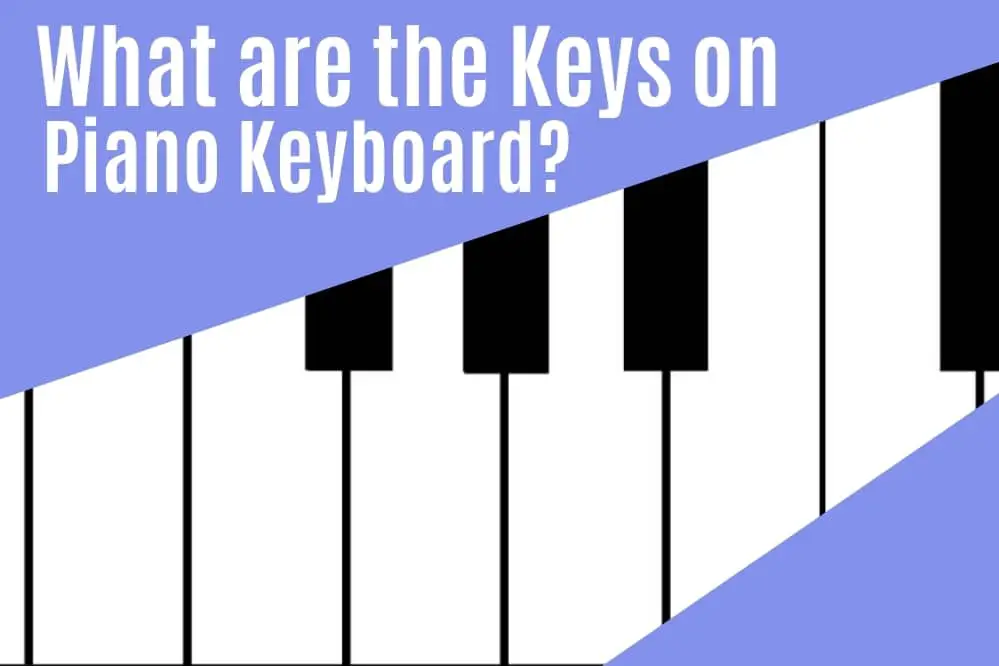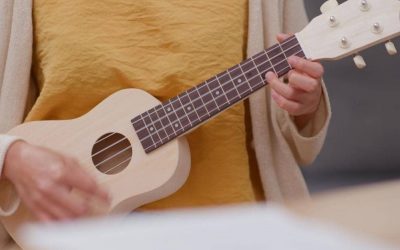If you are planning to learn how to play the piano, one of the first things which you will have to do is to learn the keys on the piano keyboard. If you can’t identify the keys on the piano keyboard, unless you are a master of playing by ear, learning to play any type of music is going to be nearly impossible. So, what are the keys on the piano keyboard and how do you identify them?
The Number of Keys
Most modern piano keyboards come with a total of 88 keys. Fifty-two of these keys are the white keys, and the other 36 are the black keys. Keep in mind that both regular acoustic pianos and electric keyboards should always come with this 88 key setup.
You will notice that the white keys are at the front of the keyboard, with the black keys being set behind the white ones, as well as slightly raised up. What you will also notice is that there are always 2 black keys surrounded by three white keys, and to the right, there are 3 black keys surrounded by 4 white keys; for every 7 white keys, there are 5 black keys.
White Keys and Black Keys
Now you know what the basic setup of a piano keyboard is, but what notes do these keys represent and how do you identify them? The white keys represent the 7 normal notes on the musical scale, A, B, C, D, E, F, and G.
This starts at the far left-hand side of the piano, with the very first white key being the “A” note in the lowest octave. Once the keyboard gets to “G,” the notes then start over again from A to G, but in a higher octave. This 7-note pattern keeps repeating itself, with the highest octave being on the right-hand side of the keyboard.
On the other hand, the black keys represent either sharp or flat notes. As mentioned above, you will notice that within those 7 notes on the musical scale, the 7 white keys in each octave, there are 5 black keys. What is interesting to note is that each black key actually has 2 names or notes attributed to it.
For example, the black key to the left of the white C key would be C flat, whereas the black key to the right would be C sharp. Next, because the black keys are surrounded by the white keys, they serve dual functions. For instance, the black C sharp key would also be the D flat key, and the D sharp key would be the same as the E flat key, and so forth.
Keyboards and Octaves
What you should also be familiar with are the octaves on the piano keyboard. As mentioned before, each set of 7 white keys, moving from the left of the piano keyboard to the right, represents a single octave, and each octave to the right is higher than the one to the left.
This means that on a standard 88 key piano keyboard, there are 7 octaves. Keep in mind that some newer keyboards, especially electronic ones, may have only 44 or 49 keys, which means having fewer octaves (electric keyboards are often smaller and therefore have fewer notes). Keep in mind that the name for the octave right in the middle of the piano is known as “middle C.”
Interpreting Notation and Understanding the Staff
One thing which you will need to learn how to do is to interpret the staff. The staff is what you see on sheet music, the lines, and they consist of the treble clef, the upper set of 5 lines, and the bass clef, the lower set of 5 lines.
On the upper clef, the treble clef, the note on the bottom line is the E, with the note above it, in between the first and second line being the F, with the line on top of that being the A, and the note in between the second and third line being the B, with this pattern continuing to the top.
On the lower clef, the bass clef, the note on the bottom line is G, with the note in between the first and second line being A, with the note on the second line being B, and the note in between the second and third lines being C, and so forth until you reach the top.
Knowing how to read the staff will bring you one step closer to both learning all of the notes on the keyboard, as well as being able to read sheet music.
Conclusion
Learning the notes on a piano keyboard may take some time, but it is not overly hard. In theory, there are only 7 notes, each with their respective flats and sharps, just in increasing octaves from left to right.




